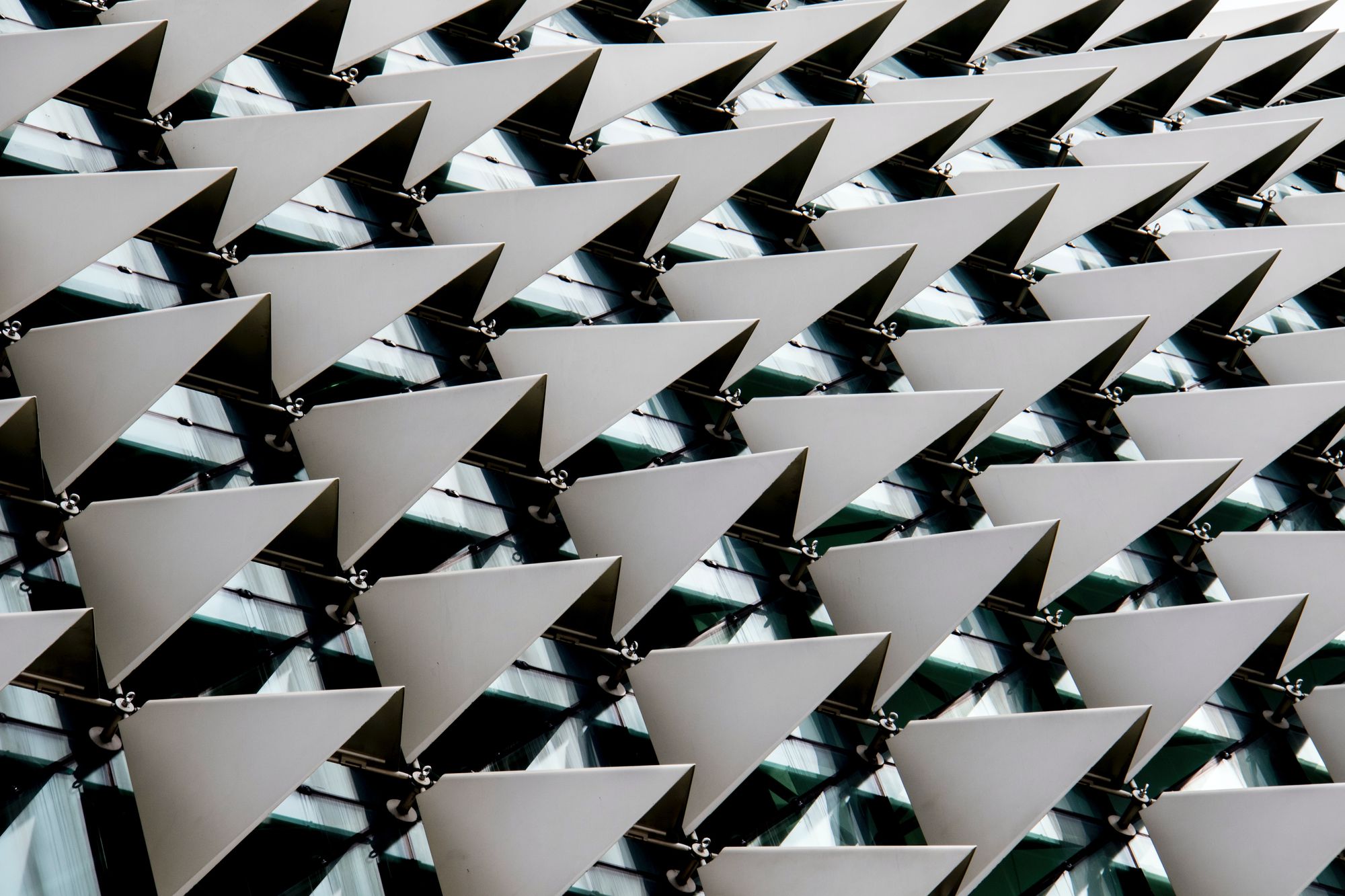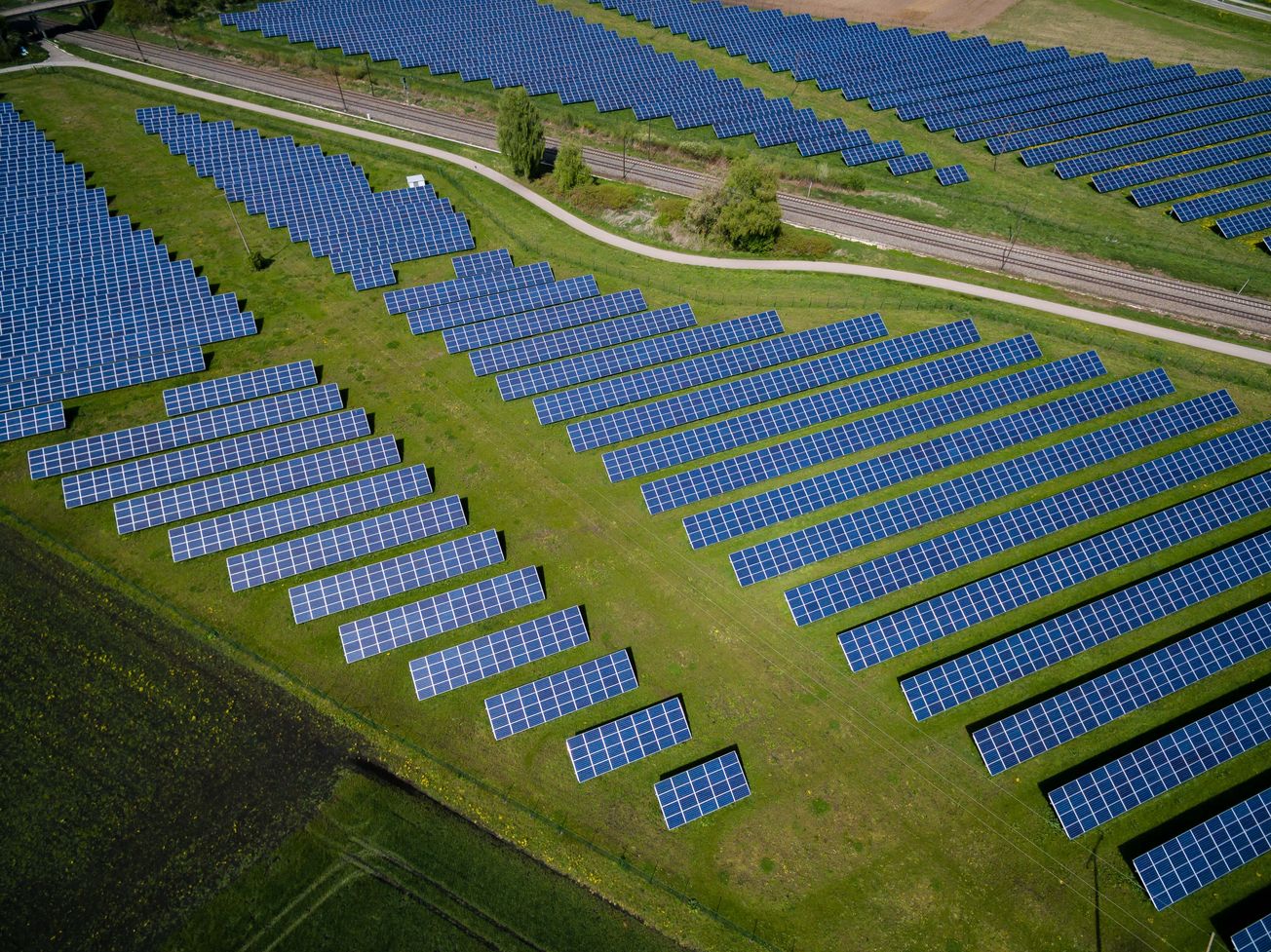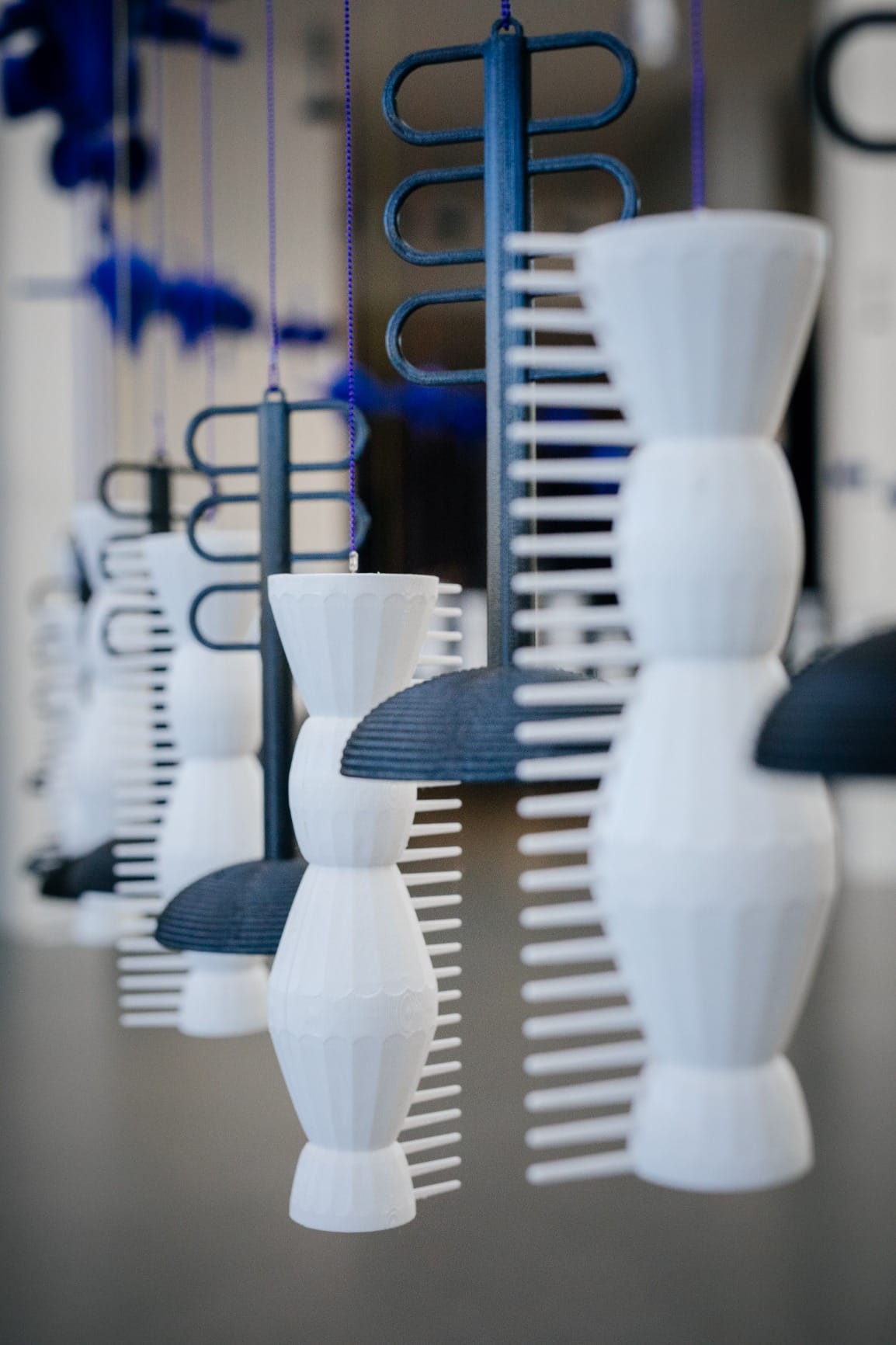In the face of the global environmental crisis, designers and scientists are looking for new forms of renewable energy. Beyond the realm of traditional renewables lies a realm of possibilities: post-renewable worlds. From advanced technologies to regenerative approaches, post-renewable worlds may offer insights into a future where design seamlessly integrates with clean energy to create a harmonious and regenerative planet.
Post-renewable worlds reimagine our relationship with energy and nature. Designers are weaving energy-generating infrastructure into the fabric of our landscapes, seamlessly blending layered functionality with aesthetics. Solar farms become works of art, with glistening panels that catch the sun's rays like a dance of light. Wind turbines transform into elegant sculptures, their graceful rotations both harnessing the wind's power and creating a mesmerizing spectacle. Hydroelectric systems take on new dimensions, offering immersive experiences as water flows through dynamic channels, not only generating electricity but also nurturing a sense of wonder.

By harmonizing energy infrastructure with the natural environment, post-renewable design seeks to create a more visually appealing and sustainable world. These designs transcend the notion that energy structures are solely utilitarian, instead embracing the idea that they can be integral elements of our landscapes, enhancing both our energy production capabilities and our connection to the Earth. As we continue to advance technologically and reshape our energy systems, this synergy between design, technology, and nature will play a pivotal role in defining the aesthetics and sustainability of our built environment.
Buildings become active participants in energy generation, harnessing the power of the sun, wind, and other natural elements. Solar panels clad facades, turning otherwise passive surfaces into vibrant sources of energy. Windows are no longer mere openings but dynamic collectors of sunlight, channeling it into the building's energy network. Even the slightest breeze sets in motion kinetic surfaces that ingeniously transform movement into a steady stream of electricity. Post-renewable architecture embraces and extends these energy-harvesting technologies, not only redefining the relationship between buildings and their environment but also advancing the concept of self-sustaining structures.

This architectural paradigm shift enables buildings to reduce their reliance on external energy grids significantly. By seamlessly integrating energy-harvesting technologies, these structures not only generate energy but also become showcases of innovation, demonstrating the harmonious coexistence of technology and nature. As we stand on the threshold of an energy-conscious era, post-renewable architecture stands as a testament to human creativity and our ability to design a built environment that not only serves our needs but also nurtures our planet.
Nature has perfected energy-efficient systems over billions of years, and designers are taking cues from its wisdom to reimagine our technological landscape. In the realm of post-renewable worlds, biomimicry stands as a cornerstone, where designers are not only innovators but also students of the natural world. Drawing inspiration from intricate patterns, behaviors, and systems found in ecosystems, biomimicry offers a transformative approach to solving complex energy challenges. Leaf-inspired solar panels capture sunlight with the elegance of nature's own photosynthesis, while wind turbines designed after the efficiency of bird flight tap into the power of aerodynamics. These ingenious innovations are testaments to how embracing nature's design principles can lead to unprecedented efficiency and sustainability in our energy systems. As we continue to explore this harmonious synergy between nature and technology, we unlock a future that not only respects the planet's ecosystems but also thrives in tandem with them.

In the paradigm of post-renewable worlds, the concept of energy democracy can redefine the dynamics of energy generation and distribution. This shift places communities at the heart of energy production and decision-making. Designers are looking at decentralized energy systems and giving local residents the tools to shape their energy futures. Through the development of microgrids, communities can now generate, store, and distribute their own energy, fostering resilience in the face of uncertainties. Community-owned renewable projects further amplify this sense of ownership as neighborhoods become active participants in their sustainable energy production. Moreover, peer-to-peer energy-sharing platforms knit individuals together in a shared endeavor, transcending the role of passive consumers to that of engaged energy producers. As post-renewable design embarks on a journey towards a more inclusive and equitable energy landscape, it simultaneously fosters social cohesion and empowers communities to realize their energy aspirations.
Post-renewable worlds can embrace circularity, where energy systems function as closed loops, minimizing waste and maximizing efficiency. Designers can reimagine energy infrastructure to integrate circular principles, such as energy storage using recycled materials, repurposing of decommissioned renewable components, and heat recapture from industrial processes. By designing for circularity, we can create regenerative energy systems that reduce environmental impact and contribute to a more sustainable future.
Through innovative energy landscapes, energy-harvesting architecture, biomimetic design, energy democracy, and circular energy systems, designers have incredible potential to reshape our relationship with energy and reimagine our built environment. As a catalyst for change, design can pave the way for a future where clean energy is seamlessly integrated into our daily lives and sustains the health of our planet for generations to come.





